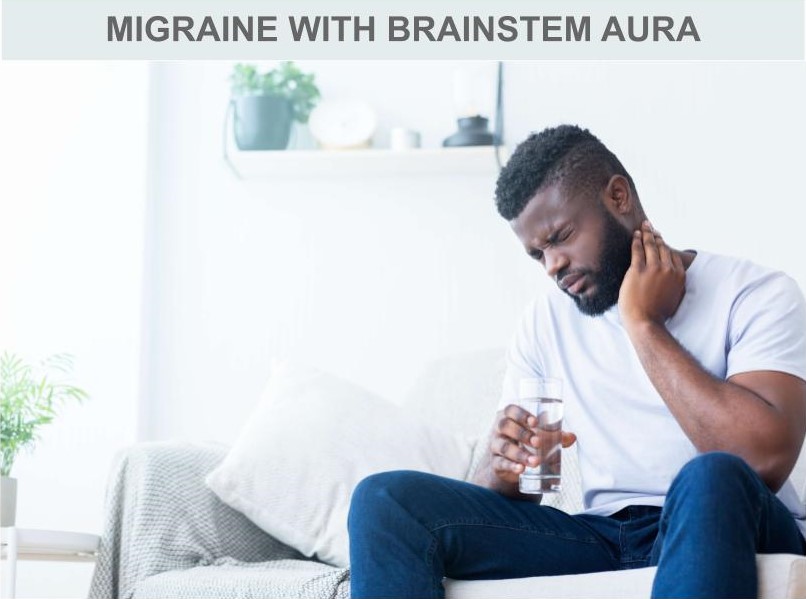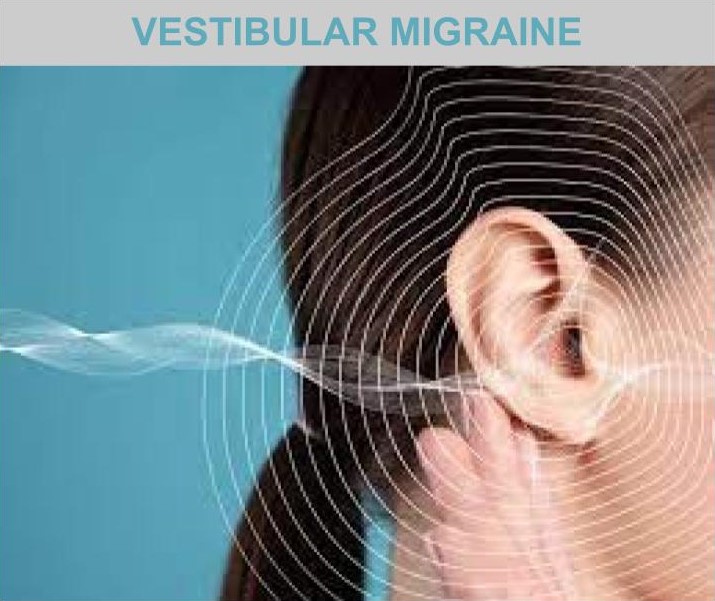
Approximately 23% of people with migraine experience one or more focal neurological symptoms in the second phase referred to as Aura or Migraine with Aura. Typical Auras include acute and transient visual disturbances. However, aura can be presented in multiple ways. Two less common auras associated with migraine are Language and Motor Auras.
Language Aura is characterized by transient speech difficulties. Examples are slurred speech, difficulty word finding or dysphasia / paraphrastic errors.
Another type of aura is motor which is often considered the rarest type. Patients with motor aura can experience difficulty walking, falls and or muscle weakness. These symptoms emulate stroke like symptoms – therefore it is imperative to get a proper evaluation.
Neuro imaging is needed to rule out underlying structural abnormalities. In addition, blood work and other neurologic testing may be ordered such as EEGs or Trans Doppler ultrasounds.
The Manhattan Center for Headache and Neurology has exceptional providers to help diagnose and potentially treat your migraines and aura.
By: Jordan Shankle, PA









